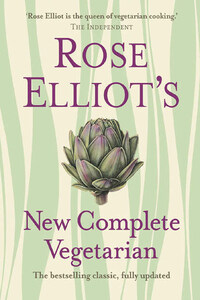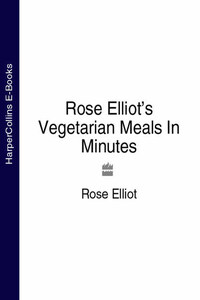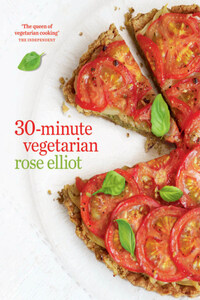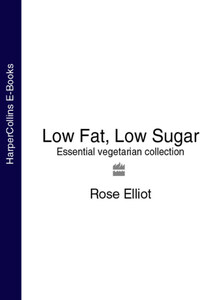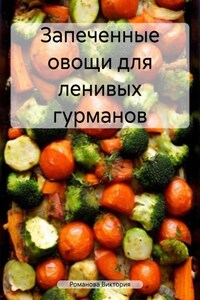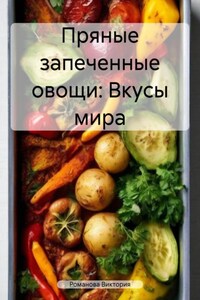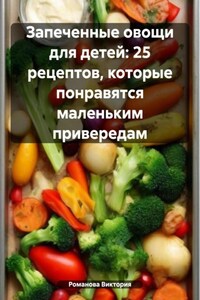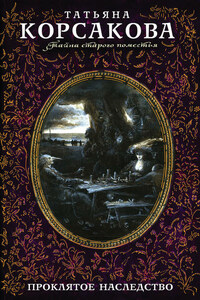The Bean Book has made a lot of friends since it was first published in 1979, and I am delighted that Thorsons are republishing it in this new edition. Many people tell me that they discovered beans â and me â when they first left home and needed good food at rock-bottom prices. They could do no better than turn to beans, whose health-giving and nutritional properties are now much more widely known than they were when I wrote the book.
Beans and lentils are much easier to get now, too, and there is a range of canned beans as well as dried, to make life easier. You can substitute canned beans for dried in the recipes, allowing one 400g/14oz can for 100â125g/3½â4oz/½ cup of dried beans or lentils. It is also useful to know that if you cook 500g of beans or lentils then divide them into five equal portions, each will be the equivalent of one 400g/14oz can of beans. I put the cooked beans into small plastic bags and pop them in the freezer when I am organized, and use cans when I am not, but the dried ones work out cheaper. Anyway, whichever type you use, I do hope you will enjoy the recipes in this book.
According to archaeologists, dried peas, beans and lentils were among the first crops to be cultivated by man, and evidence of the remains of peas and lentils has been found in various excavations. Peas recently uncovered on the border between Thailand and Burma have been carbon-dated at around 9750 BC; others have been found in a Stone Age cave in Hungary and in the mud of the lake dwellings in Switzerland, dating back to the Bronze Age, about 3000 BC, while lentils have been discovered in Egyptian tombs dating from about 2000 BC.
Although our garden pea of today is unknown in the wild state, certain plants in Central Asia, the Middle East and North Africa are cross-fertile with modern cultivated ones and this leads to the belief that they originated in Central Asia, with secondary development in the other two places. It is thought that Aryans from the East later introduced dried peas to the pre-Christian Greeks and Romans and the latter brought them with them when they invaded Britain.
In the Middle East, lentils were certainly cultivated (probably from wild species that still grow in Turkey and other parts) by the ancient Egyptians, Hebrews, Greeks and Romans, and they are frequently mentioned in the Bible. According to Genesis 25:30â4 it was for a âpottage of lentilsâ that Esau sold his birthright; in 2 Samuel 17:28 we read that David was brought âbeans, lentils and parched pulseâ; and in 2 Samuel 23:11 a piece of land is described as âfull of lentilsâ.
The ancient Egyptians grew broad (fava) beans and they believed variously that the beans contained dead menâs souls and were therefore unclean, and that they were the symbol of life and should thus be venerated and offered to the gods.
In Greece and Rome beans were used for casting votes when electing magistrates and other public officers. The beans were thrown into a helmet, white ones for âproâ votes and coloured ones for âconâ votes. When Pythagoras forbade his disciples to have beans, he meant not that they should abstain from eating them, but that they should not take part in politics or âlove beansâ, that is, political office.
The term âbeansâ also meant sexual indulgence â when Aristotle told his disciples to âabstain from beansâ, he was not referring to their dietary habits.
These explanations perhaps enable us to read in a new light such statements as that of Robert Burton in his Anatomy of Melancholy:
That which Pythagoras said to his scholars of old,
may be forever applied to melancholy men,
âA fabis abstineteâ, eat no beans
and that of Donald Robert Perry Marquis in The Almost Perfect State: âThere will be no beans in the Almost Perfect Stateâ.
During the feast of Saturnalia, Greek and Roman children would use beans for drawing lots to find out who would be âkingâ, and this association of beans with the feast of Christmas and the New Year can also be found in the old Western European custom of hiding a dried bean in a cake, the person getting this slice becoming âkingâ of the revels. It is thought that originally the âkingâ may have reigned for the whole of the twelve days of Christmas, his chief function being to perform the propitiatory rites to ensure good weather. In Italy lentils were traditionally eaten on New Yearâs Day to bring luck and good fortune during the coming year.
In the Middle Ages beans became associated with various spells and magic potions. For instance, it was believed that beans would cure baldness, and boiled beans mashed with garlic were taken for colds and coughs, a remedy not without virtue according to modern herbalists, but on account of the garlic rather than the beans. Nicholas Culpeper (1616â54) mentions beans in his

